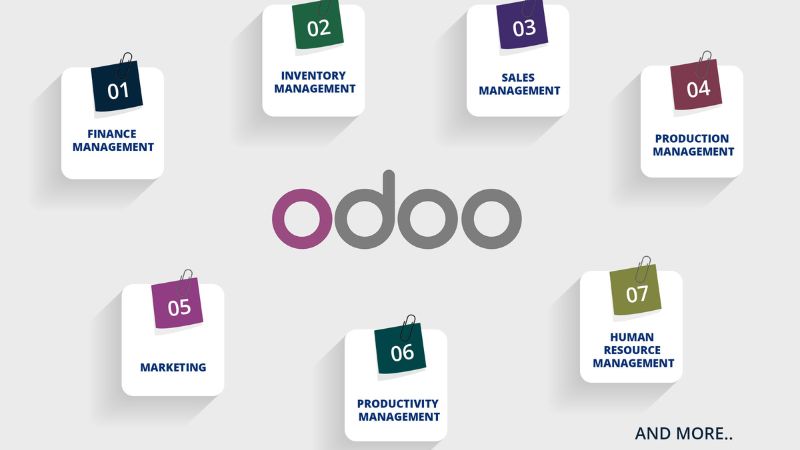How Odoo Implementation Transforms Business Operations
- astsolutionsae
- Odo mobile application
- 0 Comments
How AST Solution’s odoo Implementation Transforms Business Operations
In today’s competitive business environment, companies are constantly looking for ways to optimize operations, enhance efficiency, and streamline workflows. One of the most effective solutions available is Odoo implementation. But what exactly is Odoo, and how can it transform business operations? Let’s explore the impact of Odoo implementation on various industries and business processes.
What is Odoo Implementation?
Odoo is a comprehensive open-source Enterprise Resource Planning (ERP) system that integrates various business processes into a single platform. From accounting and inventory management to sales and human resources, Odoo provides businesses with a centralized system to improve efficiency and decision-making.
The Challenges Businesses Face Without Odoo
Before implementing an ERP like Odoo, businesses often encounter several operational inefficiencies, including:
Disorganized Data Management: Information is scattered across multiple platforms, making it hard to access real-time insights.
Lack of Integration: Different departments operate in silos, leading to miscommunication and process inefficiencies.
Manual Processes: Many businesses rely on spreadsheets and outdated systems, which are prone to errors and inefficiencies.
Scalability Issues: As businesses grow, outdated systems struggle to keep up with increasing demands.
How Odoo Implementation Resolves These Challenges
1. Unified Business Operations
Odoo brings all business functions into one platform, allowing departments to work in sync. Whether it’s finance, procurement, HR, or sales, the system ensures seamless integration and data sharing across all units.
2. Improved Efficiency and Productivity
By automating repetitive tasks such as invoicing, order management, and customer relationship management, Odoo reduces human intervention, minimizes errors, and enhances productivity.
3. Enhanced Decision-Making with Real-Time Data
With a single source of truth, businesses gain access to real-time insights, enabling them to make informed decisions quickly. This is particularly useful for financial planning, inventory control, and sales forecasting.
4. Customization and Scalability
Every business has unique requirements. Odoo allows extensive customization and scalability, ensuring the system adapts to a company’s evolving needs.
5. Cost Savings
By reducing manual work, eliminating redundant software subscriptions, and improving operational efficiency, businesses can achieve significant cost savings with Odoo implementation.
Industry-Specific Benefits of Odoo
Retail and E-Commerce
Centralized inventory management
Automated invoicing and payment tracking
Customer relationship management for personalized marketing
Manufacturing
Streamlined production planning
Real-time tracking of supply chain logistics
Automated quality control processes
Healthcare
Patient data management
Automated appointment scheduling
Compliance with industry regulations
Logistics and Supply Chain
Route optimization for faster deliveries
Real-time fleet management
Automated warehouse operations


Steps to Successful Odoo Implementation
Step 1: Business Assessment
Before implementing Odoo, businesses must assess their existing processes, identify pain points, and set clear objectives.
Step 2: Customization and Configuration
Odoo’s modular structure allows businesses to customize the system according to their specific needs, ensuring seamless integration with existing workflows.
Step 3: Data Migration and Integration
Moving data from legacy systems to Odoo requires careful planning to prevent data loss and ensure a smooth transition.
Step 4: Training and Deployment
A well-planned training program ensures employees can efficiently use the new system, leading to faster adoption and minimal disruptions.
Step 5: Continuous Monitoring and Optimization
After implementation, businesses should continuously monitor system performance and make necessary adjustments to maximize efficiency.
Odoo implementation is a game-changer for businesses looking to enhance efficiency, integrate processes, and scale operations. By addressing key challenges and providing automation, real-time insights, and cost savings, Odoo transforms the way businesses operate.
🚀 Ready to take your business to the next level with Odoo?




